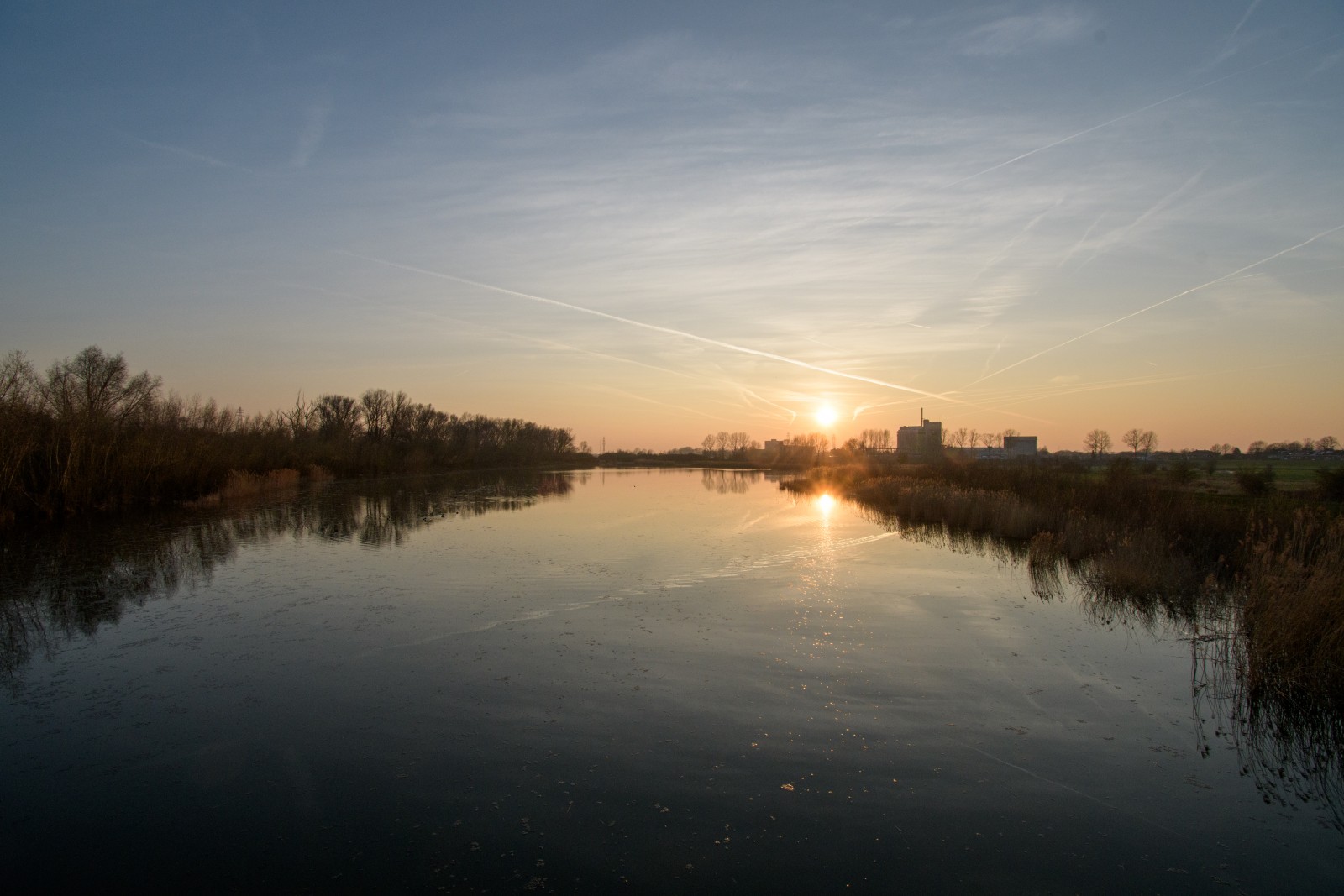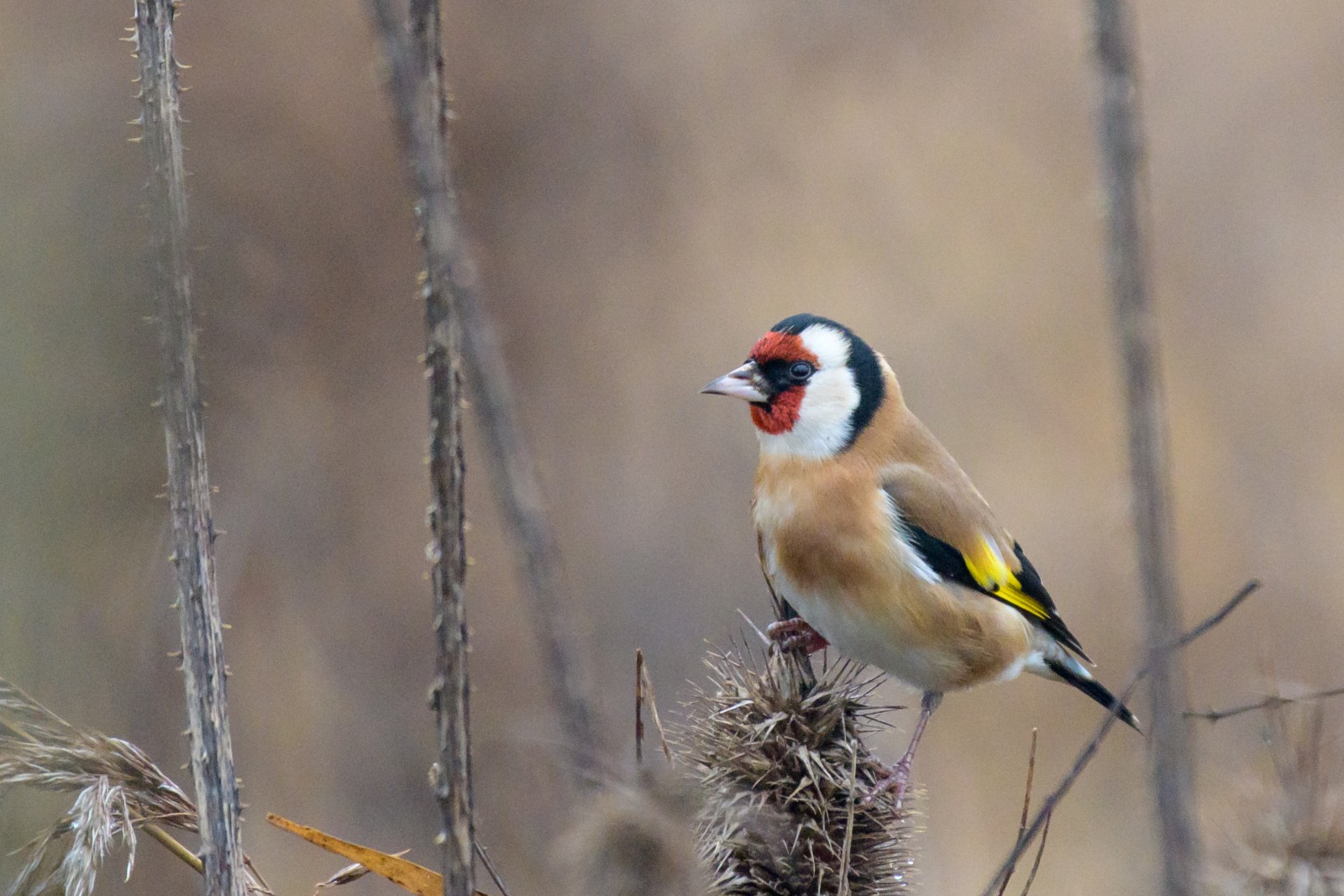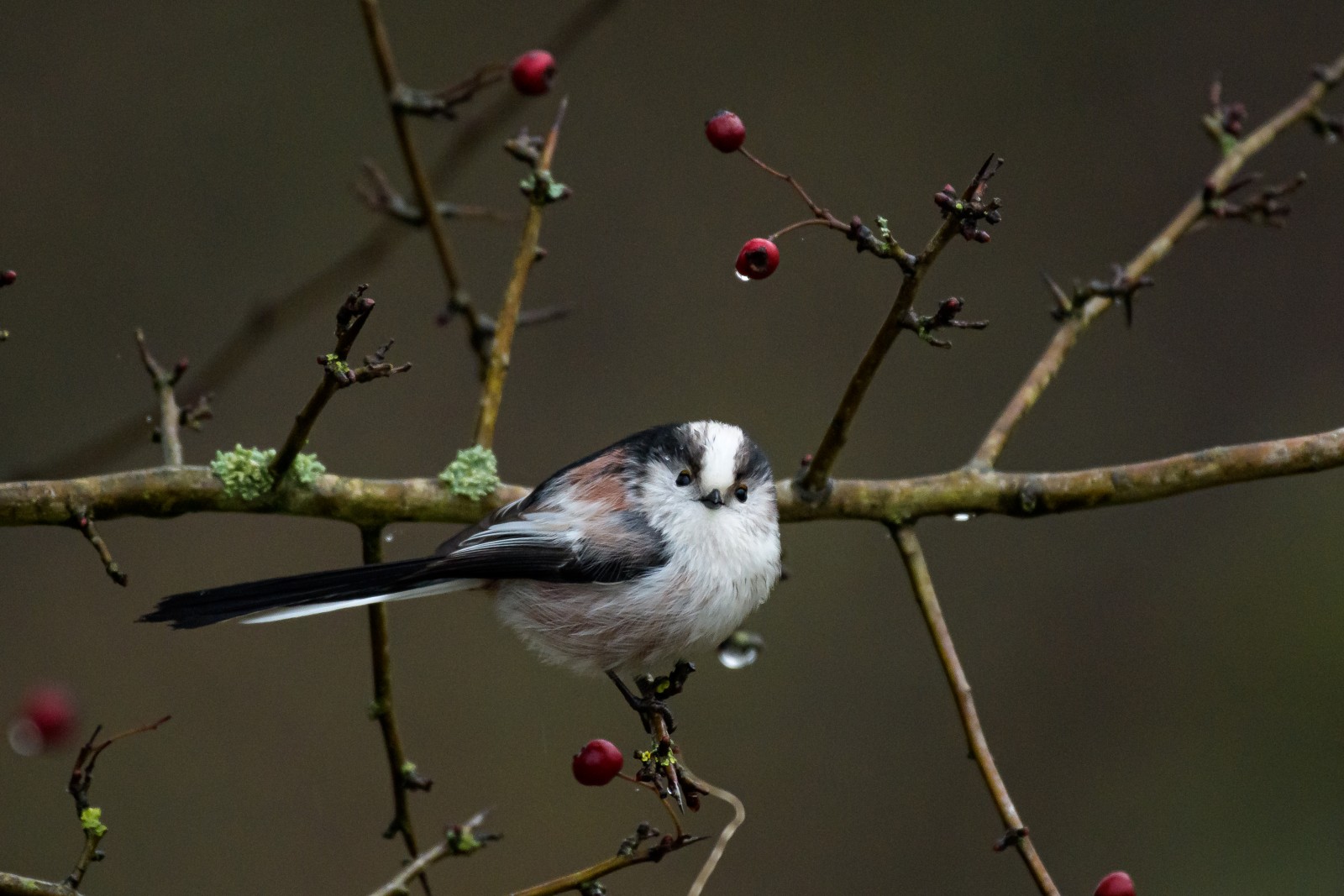Opis
The Wageningse Bovenpolder is divided by a secondary channel, which harbors various duck species like czernica, Płaskonos, cyraneczka and krakwa and other waders like sieweczka rzeczna, brodziec piskliwy, samotnik and łęczak. Multiple rybitwa rzeczna are foraging here. These can be observed from the walking tracks or the bridge. A wider part of this secondary channel can be observed from a paved road and in addition of the abovementioned species, the kszyk and szablodzióbare often seen here. In certain years the derkacz, kropiatka and bąk can be found here as well. The current conservation is especially aimed to make the area attractive for these species.
From the walking paths other species like the potrzos, podróżniczek, zimorodek, kukułka, wodnik (zwyczajny),wierzbówka zwyczajna and kląskawka are frequently observed. The pójdźka also resides in the area. Birds of prey that visit the area are sokół wędrowny, krogulec, jastrząb and kobuz. A newly designed (2020) circular walking path will cover all highlights including the above mentioned areas and the Rhine. During migration interesting species could pass by like kania ruda, bielik and żuraw. Rare species are also found here occassionally.
_________________________
Nederlands: De Wageningse Bovenpolder wordt doorsneden door een nevengeul, waarin verschillende soorten eenden leven zoals czernica, Płaskonos, cyraneczka en krakwa en steltlopers zoals sieweczka rzeczna, brodziec piskliwy, samotnik en łęczak. Meerdere rybitwa rzeczna zijn hier aan het foerageren. Deze zijn te zien vanaf de wandelpaden of vanaf de brug. Een groter deel van deze nevengeul is vanaf een verharde weg waar te nemen en naast bovengenoemde soorten komen hier ook vaak de kszyk en szablodziób voor. In bepaalde jaren zijn hier ook de derkacz, kropiatka en bąk te vinden. Het huidige beheer is er vooral op gericht om het gebied aantrekkelijk te maken voor deze soorten.
Vanaf de wandelpaden kun je ook andere soorten ontdekken. potrzos, podróżniczek, zimorodek, kukułka, wodnik (zwyczajny), wierzbówka zwyczajna en kląskawka worden vaak waargenomen. Ook de pójdźka leeft in het gebied. Roofvogels die het gebied bezoeken zijn sokół wędrowny, krogulec, jastrząb en kobuz. Een nieuw ontworpen (2020) rondwandelpad zal langs alle hoogtepunten gaan, inclusief de bovengenoemde gebieden en de Rijn. Tijdens de trek kunnen interessante soorten voorbij komen zoals kania ruda, bielik en żuraw. Af en toe komen hier ook zeldzame soorten voor.
Szczegóły
Dostęp
The best way to reach this area is by bike or foot. Parking would be the easiest in the city centre. There are limited (free) places to stay the night in a motorhome. The area is only accessible by foot. Certain spots on the border of the area can be reached by bike. It is not accessible for cars.
_________________________
Nederlands: De beste manier om dit gebied te bereiken is per fiets of te voet. Parkeren is het gemakkelijkst in het stadscentrum van Wageningen. Er zijn beperkte (gratis) overnachtingsplaatsen voor campers. Het gebied is alleen te voet bereikbaar. Bepaalde plekken aan de rand van het gebied zijn met de fiets te bereiken. Het is niet toegankelijk voor auto's.




